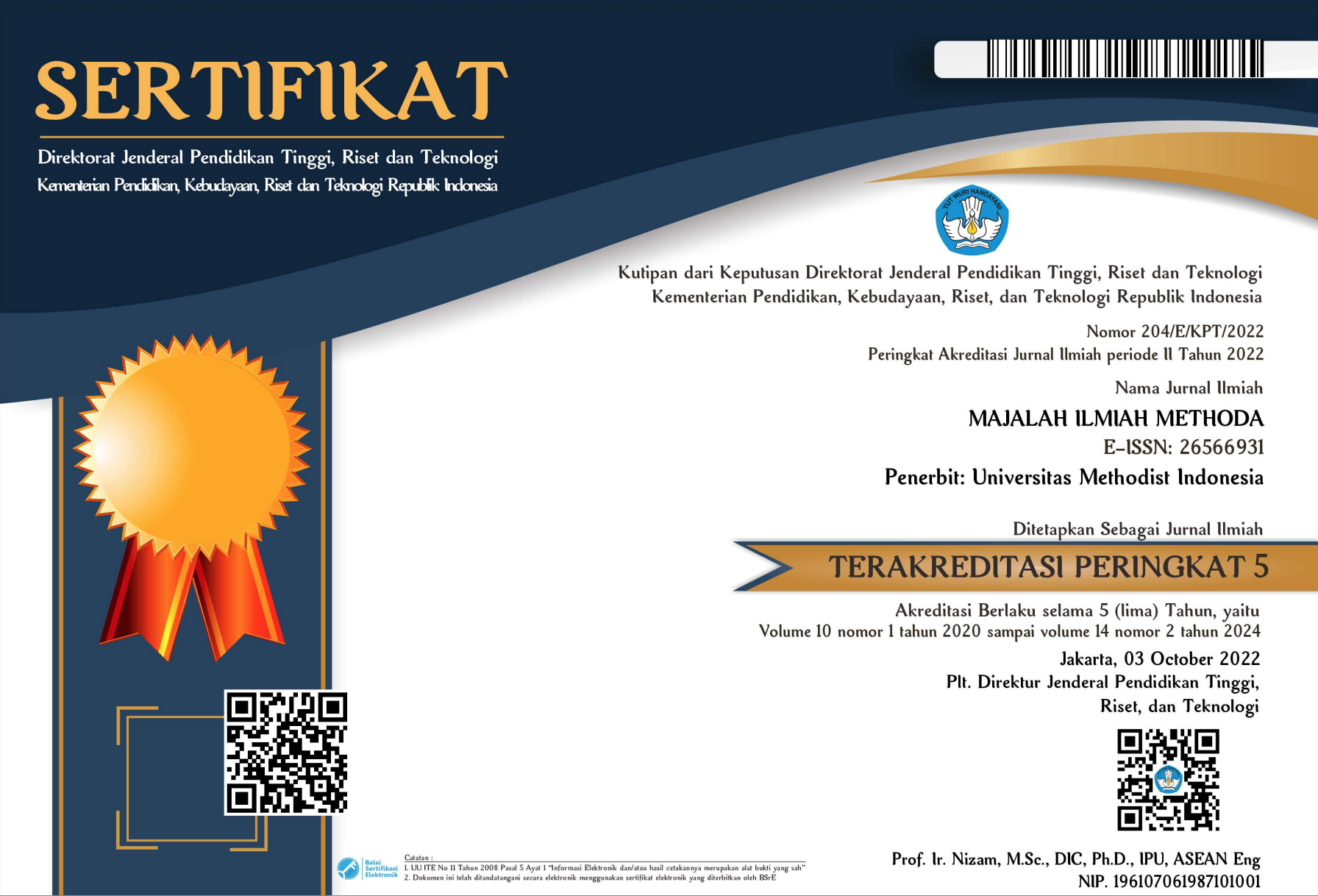Deret Fourier dengan Pendekatan Numerik Menggunakan Metode Trapezium
Keywords:
Fourier Series, Numerical Approach, Trapezium MethodAbstract
Fourier series has the ability to decompose a periodic function into a collection of sine and cosine wave sums. Another way to express a function into an infinite series is with the Maclaurin series or Taylor series but both of these series require that the function must have the first derivative, the second derivative and so on of the function is defined at its expansion point and there must be no discontinuity value at that point. However, the advantage of the Fourier series is that we can decompose the function into an infinite series containing the sum of sine and cosine terms even though the function cannot be differentiated and has discontinuity at some points. The Fourier series equation of an analytical function is obtained by first finding the values of the Fourier coefficients using analytical integrals. In the case of functions formed from numerical data that are assumed to have a periodic pattern, the Fourier series formula that uses analytical integrals to find its Fourier coefficients can no longer be used so that the numerical approach using the Trapezium method is an alternative that allows us to find the Fourier series equation for a periodic function expressed numerically. We use 12 points as the basis for the calculation in the Trapezium method to approximate the Fourier series numerically. This paper presents a numerical approach to solve the problem.
Downloads
Published
Issue
Section
License
Copyright (c) 2024 Muhammad Razali, Cut Latifah Zahari

This work is licensed under a Creative Commons Attribution-NonCommercial 4.0 International License.










